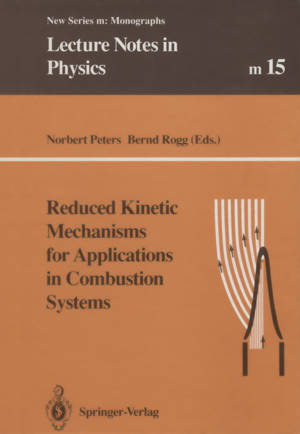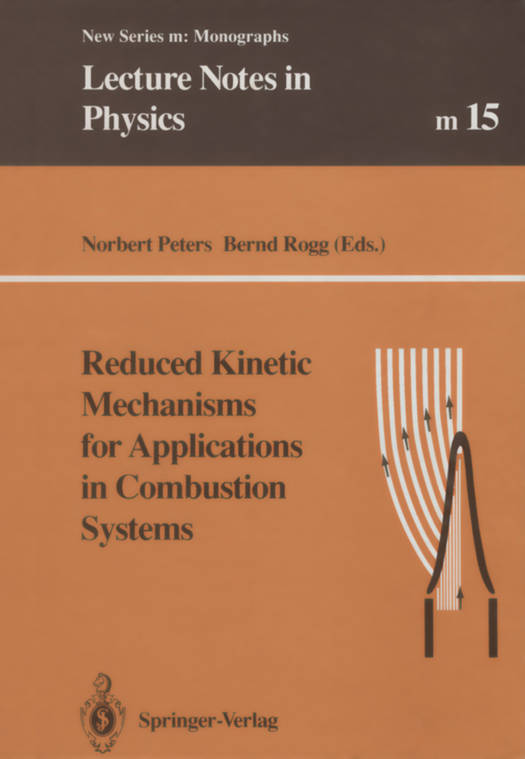
- Retrait gratuit dans votre magasin Club
- 7.000.000 titres dans notre catalogue
- Payer en toute sécurité
- Toujours un magasin près de chez vous
- Retrait gratuit dans votre magasin Club
- 7.000.0000 titres dans notre catalogue
- Payer en toute sécurité
- Toujours un magasin près de chez vous
Reduced Kinetic Mechanisms for Applications in Combustion Systems
105,45 €
+ 210 points
Description
In general, combustion is a spatially three-dimensional, highly complex physi- co-chemical process oftransient nature. Models are therefore needed that sim- to such a degree that it becomes amenable plify a given combustion problem to theoretical or numerical analysis but that are not so restrictive as to distort the underlying physics or chemistry. In particular, in view of worldwide efforts to conserve energy and to control pollutant formation, models of combustion chemistry are needed that are sufficiently accurate to allow confident predic- tions of flame structures. Reduced kinetic mechanisms, which are the topic of the present book, represent such combustion-chemistry models. Historically combustion chemistry was first described as a global one-step reaction in which fuel and oxidizer react to form a single product. Even when detailed mechanisms ofelementary reactions became available, empirical one- step kinetic approximations were needed in order to make problems amenable to theoretical analysis. This situation began to change inthe early 1970s when computing facilities became more powerful and more widely available, thereby facilitating numerical analysis of relatively simple combustion problems, typi- cally steady one-dimensional flames, with moderately detailed mechanisms of elementary reactions. However, even on the fastest and most powerful com- puters available today, numerical simulations of, say, laminar, steady, three- dimensional reacting flows with reasonably detailed and hence realistic ki- netic mechanisms of elementary reactions are not possible.
Spécifications
Parties prenantes
- Editeur:
Contenu
- Nombre de pages :
- 362
- Langue:
- Anglais
- Collection :
- Tome:
- n° 15
Caractéristiques
- EAN:
- 9783662139523
- Date de parution :
- 20-11-13
- Format:
- Livre broché
- Format numérique:
- Trade paperback (VS)
- Dimensions :
- 170 mm x 244 mm
- Poids :
- 598 g

Les avis
Nous publions uniquement les avis qui respectent les conditions requises. Consultez nos conditions pour les avis.





